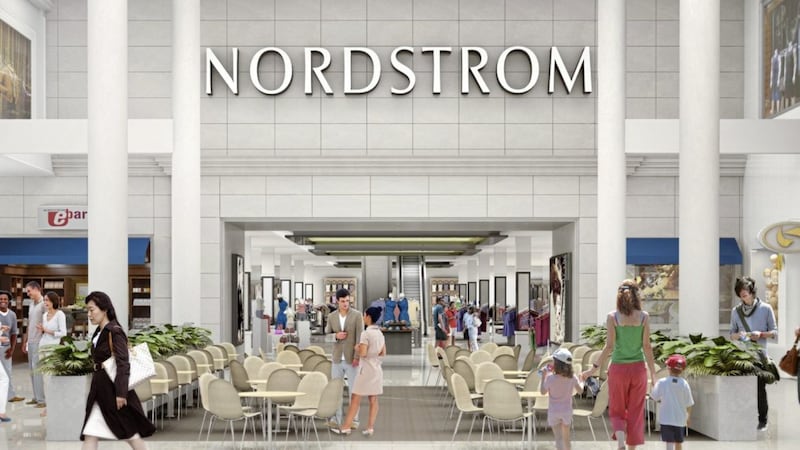ACCORDING to the British Retail Consortium, 2019 marked the first decline in annual retail sales since 1995. Of course there are many contributing factors, but the customer experience, though a factor perhaps less talked about, plays a significant part in this as I have learned first hand.
Exasperated with the online shopping experience and a stream of endless returns, I ventured out into the retail bricks and mortar stores. It had been a while since I had been to the physical store, and I had anticipated that it would be an improved experience from the online fiasco. But I found that it was equally frustrating.
Of course, I had anticipated that I might not always be able to try an item on, but I had hoped to see the product, feel the fabric or even gauge the colour. This would go a long way to making a decision that might not end in a return. The reality often was that I couldn’t try on the physical item in the store, not only because the right size was not there, but because the item itself was from an ‘online line’ only.
In theory, many customers opt to shop online for good reason; convenience, saving time and simply getting a job done. Online shopping, however, has significant challenges; a process that is becoming more difficult. The online product, I have come to accept, is less and less comparable to those that appear in the glossy images.
In certain cases, it is also no longer possible to order online and return in store, leaving the customer having to now post an item back. So much for the convenience. This creates a scenario where I no longer trust what I order online and tend to fear the complicated, timely return process, but yet I can’t pick the item up in the physical store either.
These challenges create opportunities for forward thinking companies who are invested in understanding the customer journey and experience and counteract some of the big customer frustrations. There is a chance to create new business models that blend the physical and digital elements that work.
There are already great examples showing the way, starting with Nordstrom, an American chain of department stores. Nordstrom enables it customers to find items they like and then have personal stylists bring these together on their ‘digital style boards’. These items can be identified by customers to try on in store and subsequently made available at the store located nearest to them.
This model brings together some of the things that work really well in the experience economy: personalisation, experience, but also the blend of the physical and digital worlds that work well together.
Nordstrom is among the first pioneers, but it will not be alone. Amazon too have been experimenting and finding their way through these worlds. As we approach the new decade this is a great time for businesses to reflect upon what is working and what is not, digitally and physically. Customers are not the same as those ten years ago and new solutions for the new problems of the decade ahead is imperative.
Learning from Nordstrom, might simply mean creating an ecosystem that blends the physical and digital elements that support customer needs. For brick and mortar stores, this might be offering ‘buy it now’ or ‘try it on in store’ options. Basically, allowing customers to pre-book a session in order to try something on. This creates a world where both online and offline work together to deliver a better customer experience, itself an element of the new decade that will continue to persist.
:: Elizabeth Meehan (info@coffeenosugar.co.uk) trained as a service designer in Milan and has a PhD in sociology from Queen’s University. She has worked with the public and private sector and has national and international experience in this field, and she strives to educate businesses about the changing economy and the challenges this brings.







